Stockholm is the capital and largest city of Sweden and the seat of government, parliament and the royal family. It stretches over 14 islands connected by 57 bridges and is surrounded by the Stockholm archipelago, which consists of over 20,000 islands and islets. The city is full of greenery and harmonious buildings, and on warm days the area by the water is decorated with hundreds of small ships and boats moored at the quay, which creates an extremely charming picture. It is worth visiting thematic museums to experience Swedish history and culture.

The capital is located in the central part of the country on the islands and the mainland on the Saltsjön Bay (Baltic Sea) and Lake Mälaren with the Norrström Strait connecting them.
Stockholm boasts an excellent public transport network. When visiting the capital of Sweden, we can use the subway, buses, suburban trains, trams and city water lines.
Royal Palace Stockholm
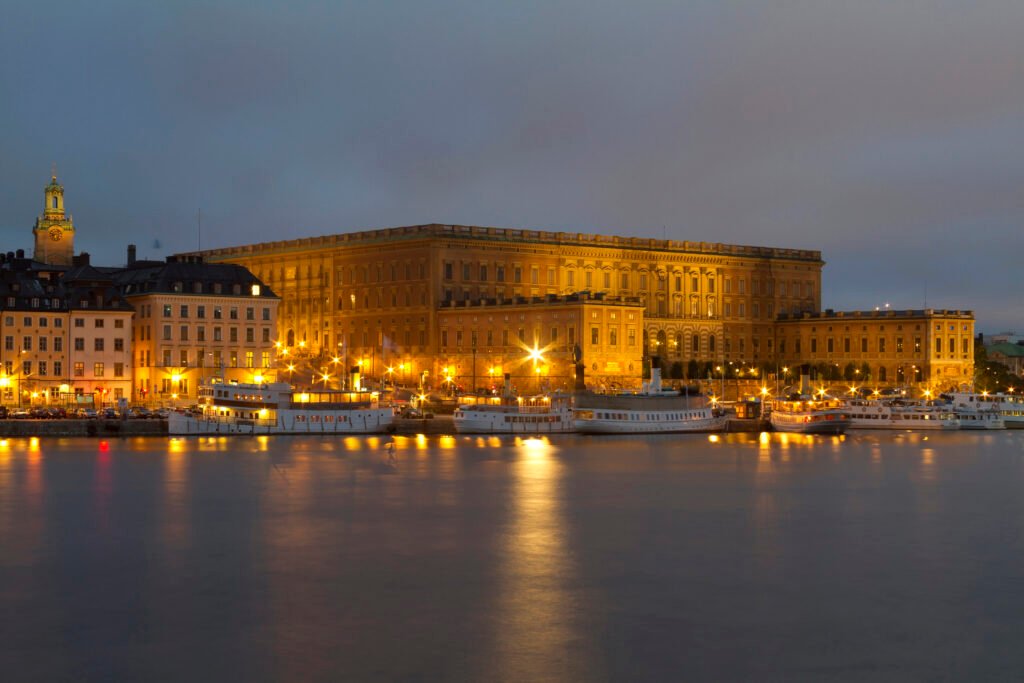
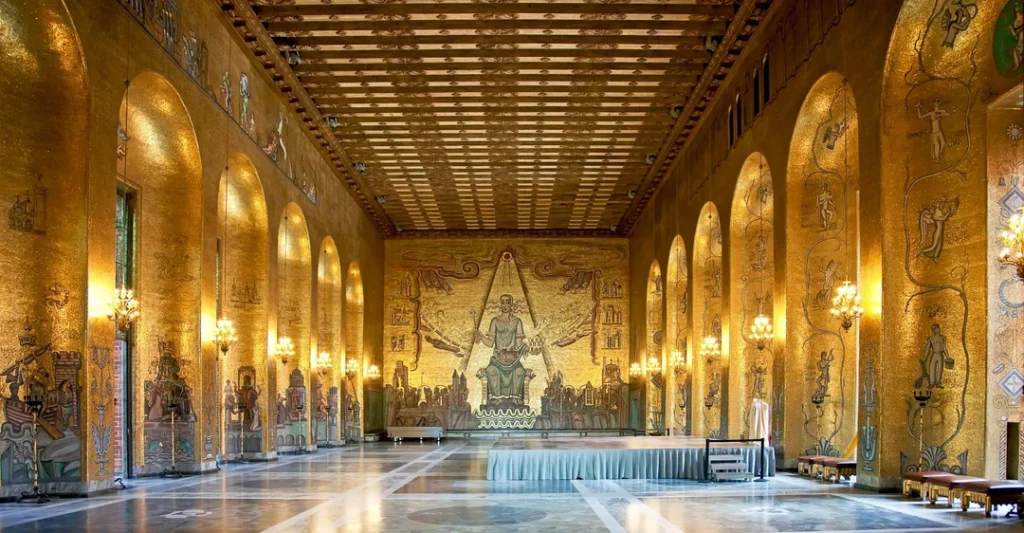
The Royal Palace in Stockholm is the official residence of His Majesty the King, the Head of State. This is where the Head of State performs his constitutional, state ceremonial and official duties, together with the rest of the Royal Family, who assist the Head of State in his duties. It is also the physical workplace of the Royal Family and their administration.
Vasa Museum

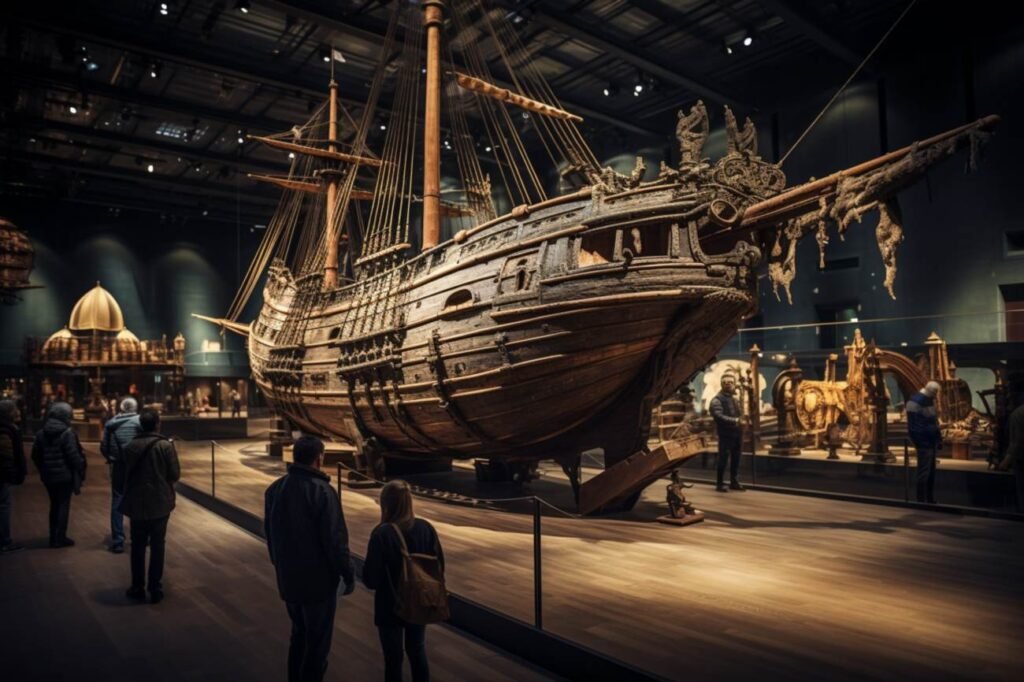
In the Vasa Museum you can see various exhibitions describing the history of the ship Vasa, which sank in Stockholm during its first voyage in 1628. After 333 years at the bottom of the sea, the mighty warship was rescued and its journey could continue. Today, Vasa is the most beautifully preserved 17th-century ship in the world and can be seen in a museum built especially for it in Stockholm. Vasa is a one-of-a-kind art treasure. 98% of the ship is made of original parts and is decorated with hundreds of sculptures.

Gamla Stan – Old Town
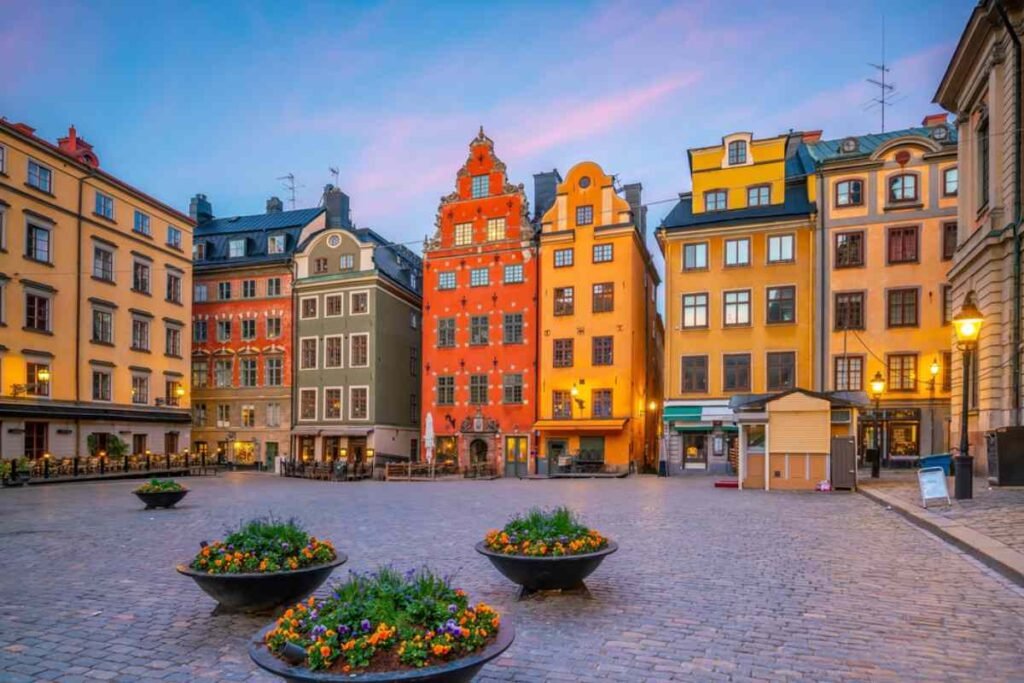

Gamla Stan, or Old Town, is, as the name suggests, the oldest district of Stockholm. However, most of the buildings come from the 16th and 17th centuries. Narrow, winding, cobbled streets with buildings in different colors give Gamla Stan a unique character. This area is often called a living museum. The main streets of the district are Västerlånggatan and Österlånggatan, if we deviate a little, we will see several beautiful museums and historical attractions. For example, the Royal Palace, Stockholm Cathedral, the Medieval Museum, the Jewish Museum, the Nobel Prize Museum and the Royal Armory. In the old town you will also find the oldest bicycle repair and rental shop in Stockholm, and Gamla Stans Cykel, perfect for anyone who prefers to discover Stockholm at their own pace.
Stockholm Metro


It is said that the Stockholm metro is the longest art exhibition in the world – it is 110 kilometers long. Taking the metro is like traveling through an exciting history that stretches from the artistic pioneers of the 1950s to contemporary artistic experiments. The Stockholm metro is truly one of a kind. One hundred stations, each with unique graphics on the platform, walls or in the waiting room. Since 1957, artists have played a key role in the construction of new stations. Over time, older subway stations – planned and built without any art – were decorated with beautiful statues, murals and installations. The Stockholm metro consists of three lines and has over 100 stations, 62 km of which run underground.
Open-air museum in Stockholm
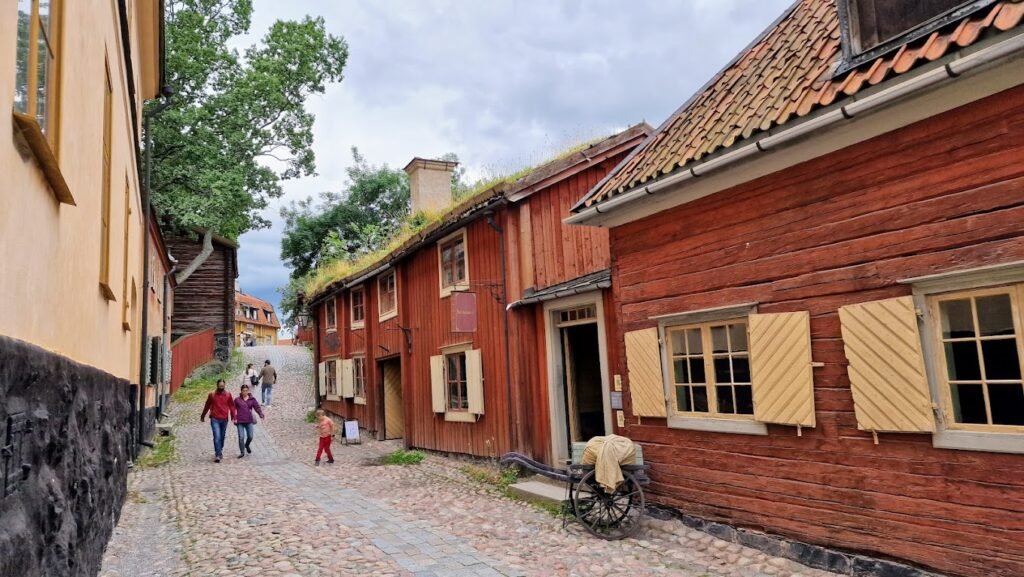
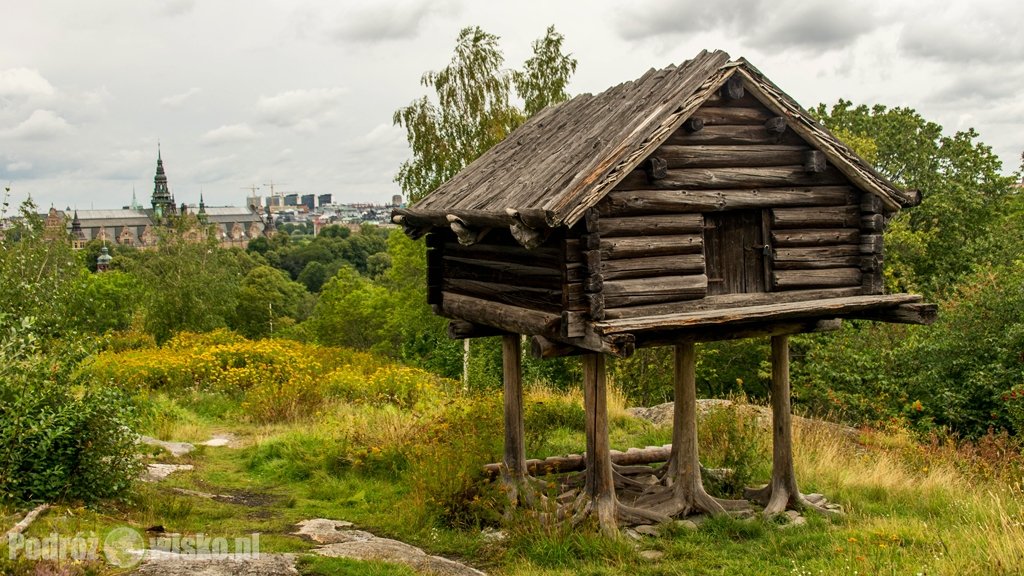
The open-air museum was founded by Artur Hazelius in 1891. It is the world’s oldest open-air museum and is located on the island of Djurgården within Stockholm’s borders. The founder wanted to revive traditional rural culture through the exhibition of furnished houses and farmsteads, agricultural plots and gardens, as well as domestic and wild animals. When Skansen started its operations, it focused on agriculture and Sami culture. Visitors to the Open-Air Museum will experience a miniature historical Sweden reflected both in the buildings and their surroundings – from the Skåne farm in the south to the Sámi camp in the north. These places illustrate the different social conditions in which people lived in Sweden from the 16th century to the first half of the 20th century. Most of the houses and farmsteads come from the 18th, 19th and early 20th centuries.
ABBA The Museum
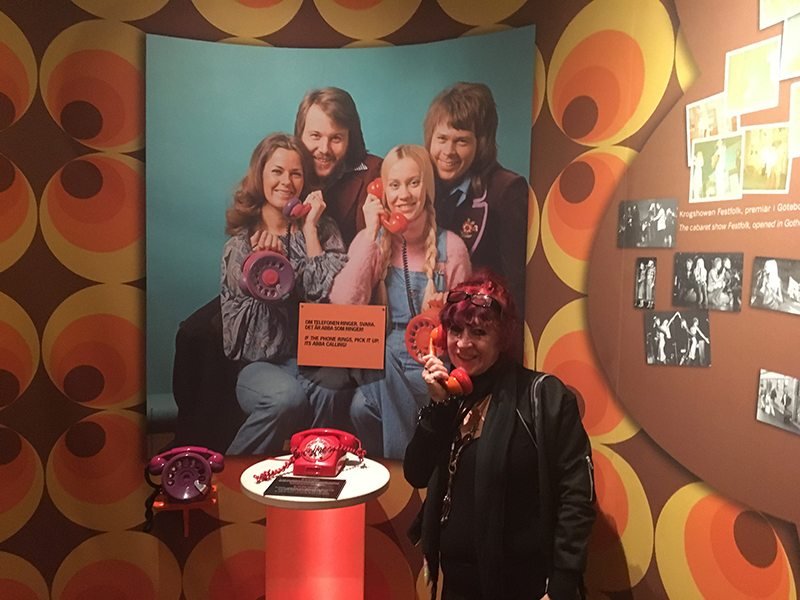

Whether you’re a fan of the Swedish supergroup ABBA, in the Museum will have plenty of treats for you. Although many other music museums were created after a performer’s death, the members of ABBA are very involved in the museum’s curation, from donating costumes to recording Swedish-language audioguides. ABBA Museum is not an ordinary museum. It’s not just about original costumes, gold records and other great souvenirs – it’s about you! Feel what it’s like to be on stage with ABBA, sing in the famous Polar Studio or take a quiz about ABBA. Visit the museum and have fun!
Nobel Museum
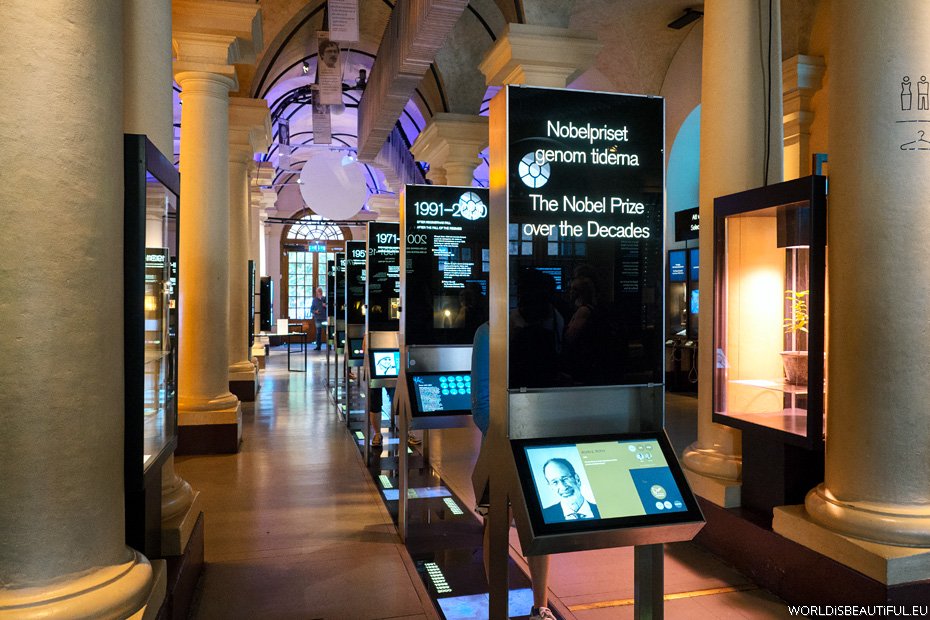
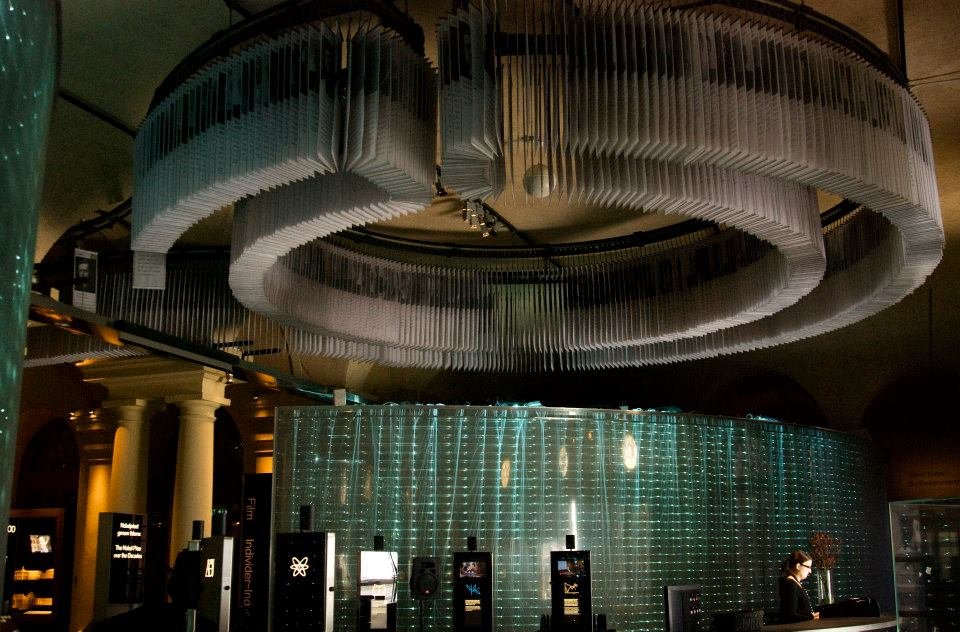
If you’re interested in the story of Alfred Nobel you should visit the Nobel Museum situated in the heart of the Old Town in Stockholm. The Nobel Museum’s permanent exhibition is called Cultures of Creativity. Here you get to know several different prize-winners from the Nobel Prize’s hundred-year history. What characterizes these prize-winners is that they had the courage to think outside the box. The Nobel Museum also has temporary exhibitions and lectures in creative areas such as art and literature. The museum has guided tours where you will learn more about Alfred Nobel and the Nobel Prize. There is also a library, restaurant and gift shop.
Drottningholm Palace
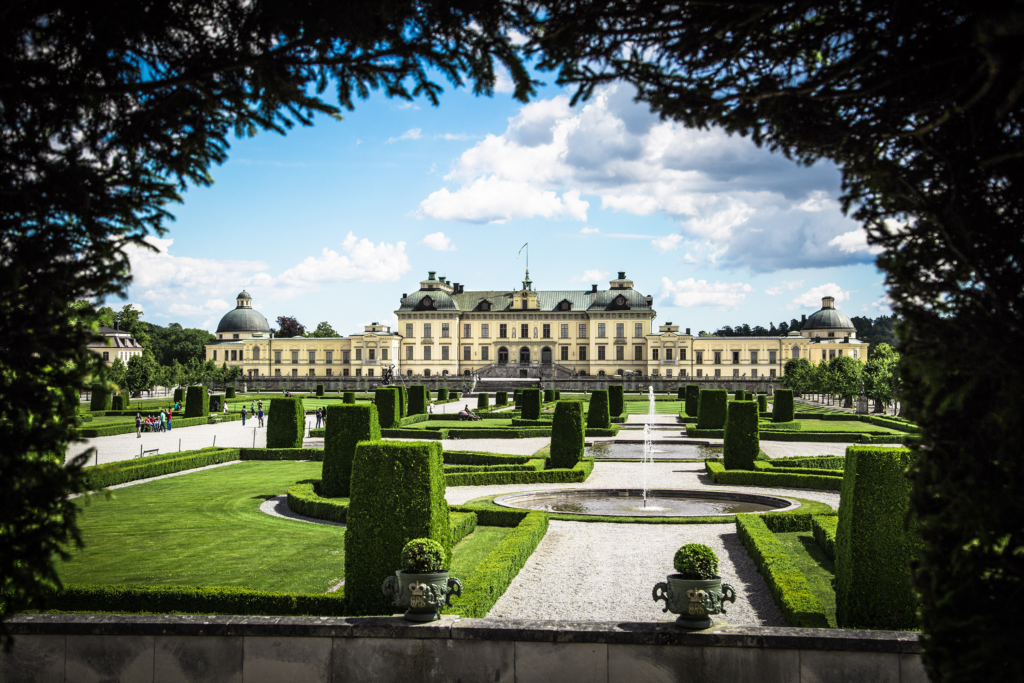
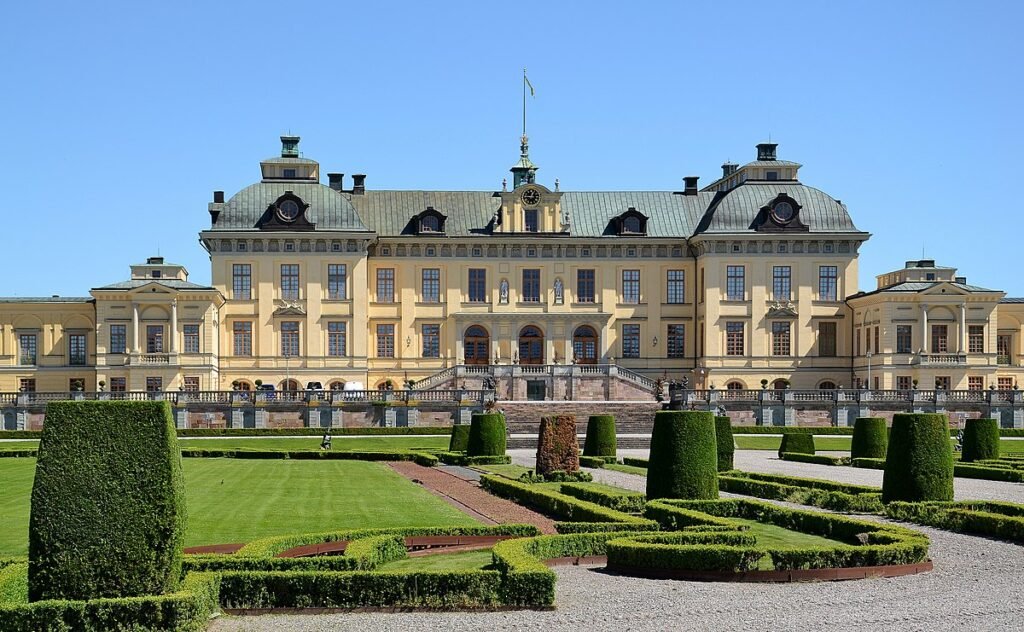
Drottingholm Palace is a UNESCO World Heritage Site for its architecture and history. The
Royal Drottningholm stands on an island in Lake Mälar on the outskirts of Stockholm. With its castle, perfectly preserved theater (built in 1766), Chinese pavilion and gardens, it is the finest example of an 18th-century northern European royal residence inspired by the Palace of Versailles.
The Viking Museum
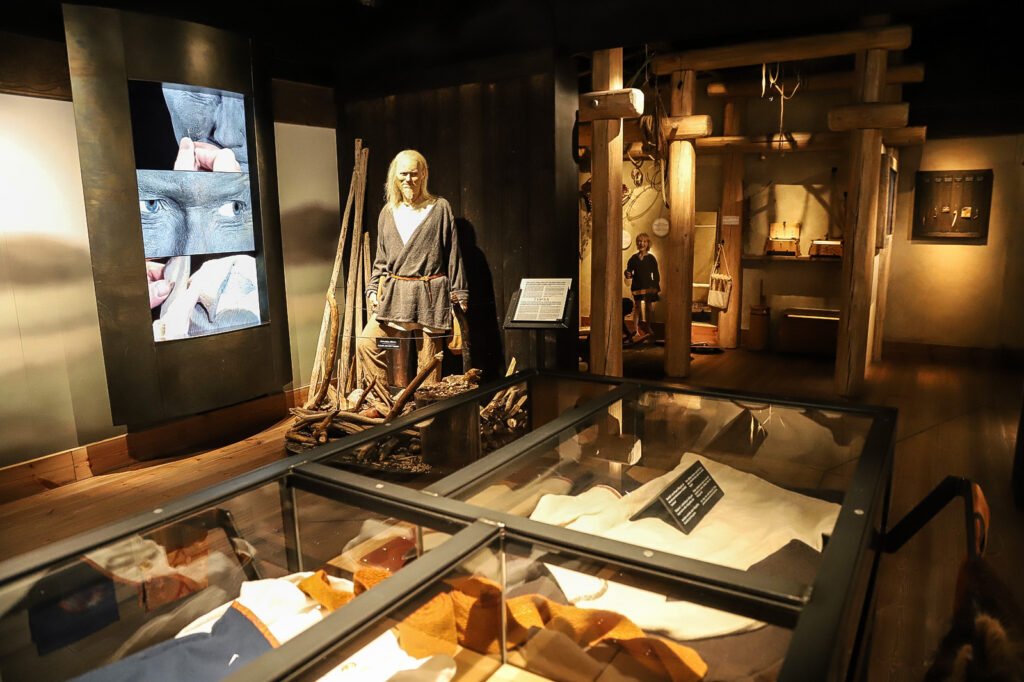

Stockholm’s Viking museum, The Viking museum, opened its gates in 2017 in an old ship hall on Djurgården, between the Vasa Museum and Gröna Lund amusement park. The museum originated as a private initiative to spread knowledge about the Vikings and to bust some of the long-lived bust myths about them. The aim was to change out-of-date ideas about Vikings and to offer an exciting experience for both adults and children – to both educate and entertain, in other words.
Many people believe that plundering and war were everyday life for the Vikings but they were also farmers, explorers, and tradesmen. They had for example a rich cultural exchange with the countries in the Middle East. In the Museum, you can learn about the life of the Vikings through films, sounds, smells and fictional characters. The building is located in the middle of the island of Djurgården.
Djurgården
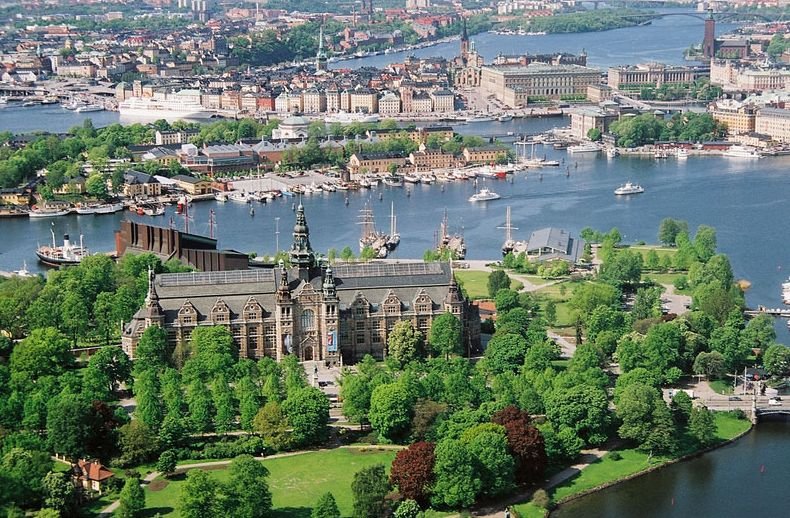
Djurgården Island is a showcase and one of the most frequently visited places in Stockholm. There are many Stockholm museums (including the Vasa Museum, the Shipwreck Museum, the Abby Museum, the Viking Museum, the Museum of Modern Art and Junibacken – the Museum of the heroes of Astrid Lindgren’s novels), a park, the world’s oldest open-air museum, cafes and restaurants and the Grona Lund Amusement Park, which opens its doors from April 29 (2023). You can get here by tram, on foot across the Djurgardsbron Bridge (it’s a long walk) or by ferry.
Junibacken


Junibacken is an amazing museum dedicated to Swedish children’s books, which opened in 1996 thanks to the Swedish royal family. The museum is located in the heart of Stockholm on the island of Djurgården. This place is one of the most visited tourist attractions in the capital. Regardless of the season, you can meet crowds of children there. In front of the entrance there is a bronze statue of Astrid Lindgren and several boards where you can take photos with your favorite literary heroes.
In one of the rooms there is an entrance to the platform of a tiny railway station. The train takes guests on a several-minute journey to the world of Astrid Lindgren’s literature. It presents the most characteristic scenes from books such as “Ronja, the Robber’s Daughter”, “The Children of Bullerbyn”, “Madica of June Hill”, “Emil of Småland” and “The Brothers Lionheart”. When we get off the cable car, we immediately go to the top floor of the building with an amazing view of the sea and the marina.
In the middle of the large hall stands the real Villa on a scale of 1:1. There are rooms, small rooms, furniture and lots of personal items of the hostess, Pippi! You can touch everything, lie in her bed, play with her things. The museum building houses the largest children’s literature bookstore in Sweden. In addition to a huge amount of books, calendars, notebooks and postcards, you can buy toys, clothes, kitchen accessories and lots of gadgets with motifs from your favorite books. The choice is so large that everyone will find something for themselves. Separate shelves dedicated to products related to Pippi, Albert Albertson, the works of Elsa Beskow, the Moomins, Pettson and Findus and many others.
Gröna Lund
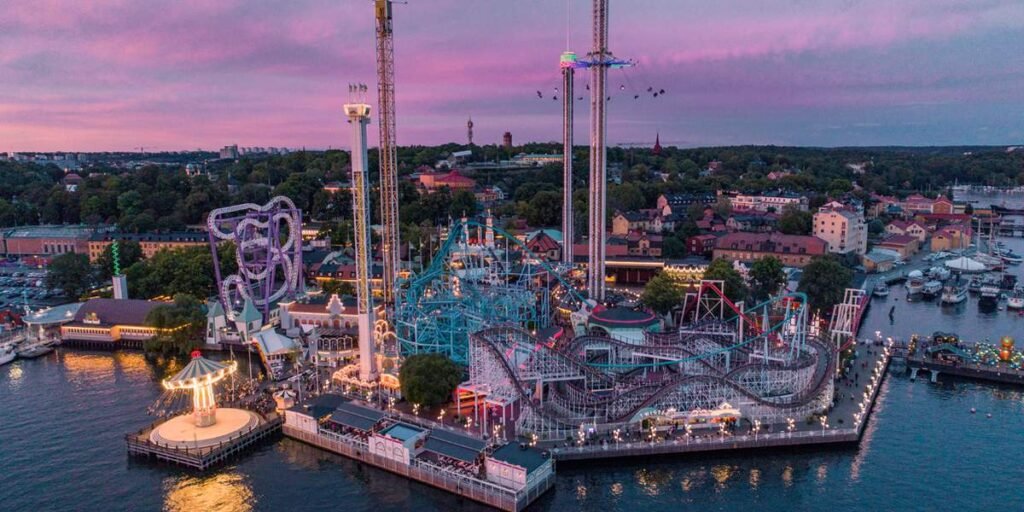
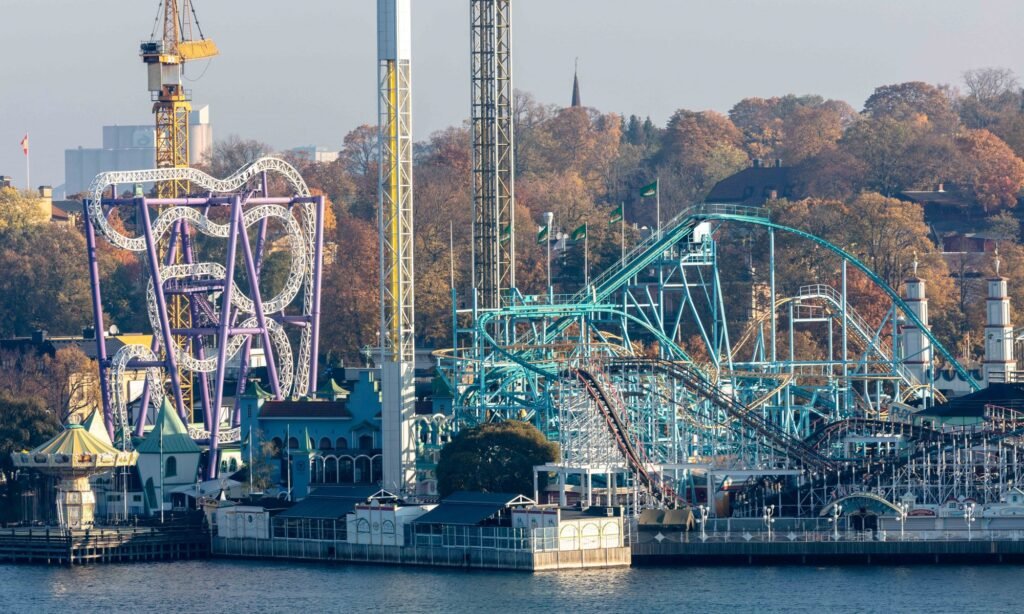
Gröna Lund is the oldest amusement park in Sweden, founded in 1883. In addition to many attractions, including several nice roller coasters, the park also offers musical entertainment – numerous concerts take place in the park. Great fun for everyone, both young and old. This is the right place for fans of thrills and great fun.Experience the fun and magical world of Gröna Lund, Stockholm’s amusement park. A day spent in Gröna Lund will be unforgettable.Gröna Lund is open from late spring to September. The park is also open during the Swedish Autumn Break and Halloween.
